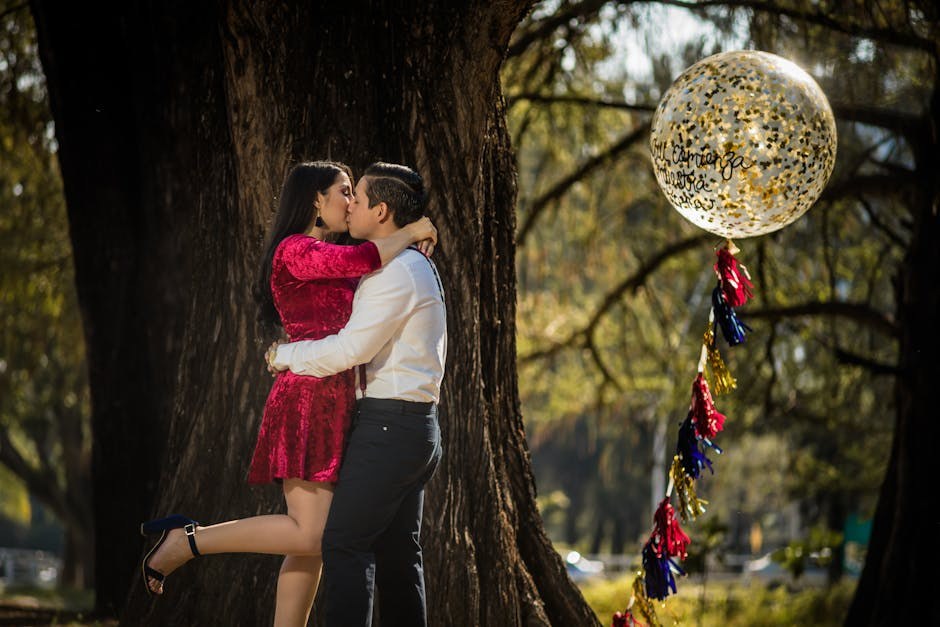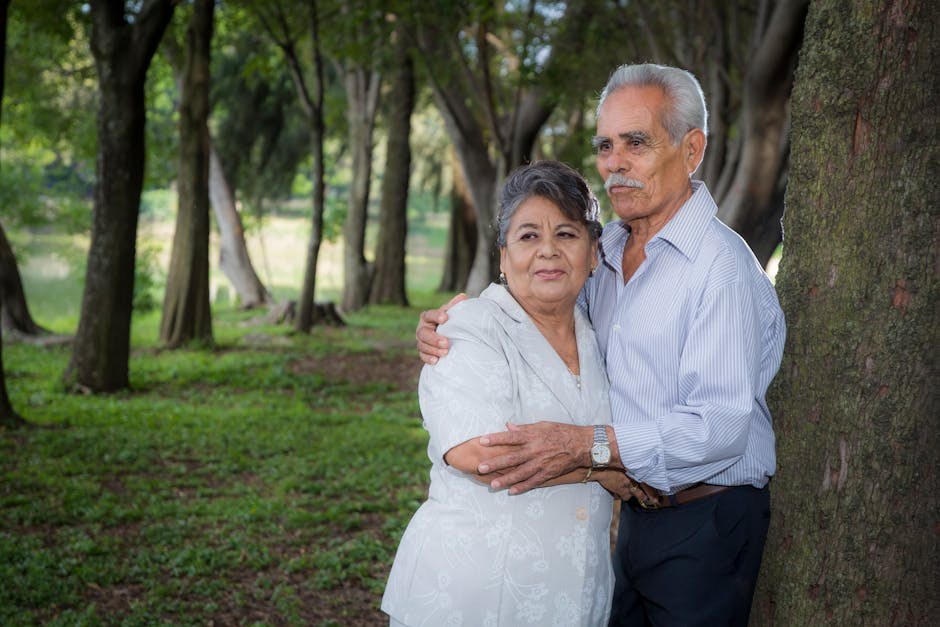There’s a reason eyes drift toward a polished badge, a tailored jacket, or a precise salute – the sight carries a promise. For many, men in uniform symbolize steadiness when life gets noisy, courage when things go wrong, and a kind of focused presence that calms a crowded room. The fascination is not shallow pageantry; it lives at the crossroads of psychology, sensuality, and culture. In exploring why men in uniform fascinate so many, we discover a larger story about safety, purpose, and the appeal of disciplined lives lived out loud.
The psychology that fuels the attraction
At first glance, the allure seems simple: a clean line of fabric, a sure stance, an air of readiness. Look closer and you find something far more layered – a set of signals our brains interpret as reliability and resolve. When people talk about men in uniform, they often mention trust before they mention looks, and that detail matters. Stability is magnetic, especially when it is visible and embodied in daily action.
Because symbols do heavy lifting in human perception, the attire itself becomes a shorthand for role, competence, and duty. That shorthand compresses complex stories – training, sacrifice, responsibility – into a single, immediate impression. It’s little wonder that men in uniform can feel larger than one person; they seem to stand for a community’s promises.

Foundations of authority and trust
Authority is not just a tone of voice – it is a pattern we recognize. Structured clothing hints at structured thinking, and the visual cues reinforce that impression. Men in uniform carry an aura of authorization, as if a wider system has looked at them and said, “You’re ready.” That perceived endorsement builds trust. Even for those who question systems, the clarity of role still registers: someone has volunteered to step forward when alarms sound, and that action commands respect.
Trust also flourishes where predictability appears. Clear insignia, standardized dress, and recognizable gear reduce ambiguity. Our minds relax when the rules of engagement are visible. This is one reason men in uniform often calm tense spaces – their presence sets expectations. It is not just about appearance; it is about the promise baked into the appearance.
Structure in a world that often feels unstructured
Modern life moves fast and breaks plans – yet the steady cadence of routine still soothes us. The visual uniform signals a life shaped by ritual: inspections, drills, checklists, watch schedules. Men in uniform embody that rhythm in public view, and the ritual suggests dependability. People may not crave rigidity, but they appreciate coherence. The uniform says, without speaking: this person shows up on time, keeps their gear ready, and knows what matters when seconds count.

That perception has a quiet intimacy to it. Reliability is a form of care, and in many imaginations, men in uniform extend that care beyond the self – they lend it to neighbors, colleagues, and strangers. The psychological appeal flows from that generous definition of discipline.
The enduring hero pattern
Stories have trained us to recognize a protector stepping into the breach. Men in uniform fit this archetype not because every individual is a swashbuckler, but because the role courts danger on society’s behalf. The profile is compelling: someone who accepts risk so others can stand down. Archetypes are not destiny – they are mirrors. When people are drawn to men in uniform, they often see reflected values they want in themselves: courage, steadiness, and a sense of purpose bigger than any one day.
Confidence and the charged presence of readiness
Clothes can change posture; responsibility can change gaze. Put the two together, and you get a presence that reads as confidence. Men in uniform often project a blend of alertness and calm – keyed-up enough to react, grounded enough to reassure. That mix is rare and attractive. It suggests composure under pressure, a particular kind of grace. The appeal is not only visual; it is atmospheric, like the way a room feels different when someone competent walks in and quietly takes stock.

The sensual dimension – imagination meets discipline
Desire lives in the space between seen and unseen. Men in uniform occupy that space well, not because mystery is manufactured, but because clarity at the surface invites deeper curiosity. Precision at the edges – crisp seams, polished boots, exact fits – pushes the mind to imagine the routines that produce them. That imagined routine becomes its own kind of allure: early alarms, repeated practice, checklists performed until they turn into muscle memory.
Sensuality also arrives through contrast. Soft voices beside hard equipment, a gentle laugh after a long shift, the warmth of a handshake matched with the weight of duty – these juxtapositions intensify attention. Men in uniform stand at that intersection, and the duality heightens feeling.
How attire itself shapes attraction
Uniforms are designed to communicate function at a glance; the design inadvertently carries aesthetic weight. Straight lines and symmetry feel orderly. Badges and insignia tell a story without using words. Belts, tools, and practical layers remind us this is not costume – it is kit. The result is visual clarity. Men in uniform do not need flamboyance; purpose is the design language, and purpose is compelling.
Even grooming joins the message. Short hair, clean shaves, or neatly maintained beards align with the broader picture of readiness. The face becomes a canvas for the role, and the role becomes attractive because it suggests control – not over others, but over self. Self-control, after all, is a quiet magnet.
Discipline as a signal of commitment
There is romance in consistency. When someone shows up for the early training block, returns for the late watch, and repeats the pattern day after day, that perseverance reads as loyalty. Men in uniform telegraph that loyalty through ritual action, and the signal lands as devotion – to a craft, to a team, to a mission. Devotion is desirable because it hints at how one might care inside a relationship: with steadiness, with patience, with follow-through.
The uniform becomes a daily reminder of vows kept. While no attire guarantees character, the habit of duty suggests a sturdy backbone. Many find that backbone deeply appealing.
Contrast and novelty amid casual norms
In an era of relaxed dress codes, the sight of formal gear instantly stands out. Fresh attention can feel like fresh air. Men in uniform benefit from this visual contrast – their attire cleaves through sameness. Novelty amplifies interest, but that interest lasts because the novelty rides on function. The clothes are different for a reason. That reason – to rescue, to protect, to guide – gives the attraction staying power.
Status without spectacle
Public service and specialized training often carry prestige. Yet the prestige attached to men in uniform tends to be practical rather than performative. It rests on readiness, not showmanship. When admiration blooms, it usually blooms from respect: this person has trained to do difficult, sometimes dangerous work, and shows up when called. Respect, in turn, primes affection – it’s easier to open one’s heart to someone one admires.
Shared values and identity
People are drawn to what feels familiar or aspirational. If your values lean toward community, responsibility, and service, men in uniform may reflect those ideals back at you. Recognition can be intimate – a felt sense that you and the other person prize similar things. Alignment reduces friction, and less friction leaves more room for tenderness.
Culture’s role – how stories and norms shape desire
Attraction does not grow in a vacuum. Film, television, fiction, and folklore have all elevated protectors, responders, and guardians. Men in uniform step naturally into those roles in the cultural imagination. When a narrative features a steady presence who keeps a cool head while sirens wail, it reinforces a simple association: where they go, help follows. Over time, that association becomes part of how people read the silhouette of a uniform moving down a hallway or across a tarmac.
Societal expectations also influence first impressions. Many communities admire self-discipline and courage – qualities the public often associates with the work behind a uniform. When norms reward bravery and service, admiration flows more quickly toward those who represent them. Men in uniform are thus carried by a cultural current larger than any single person’s taste.
Cultural symbols and civic pride
Uniforms can function as flags of belonging. They link an individual to a unit, a city, a field hospital, a crew, a station. The visual identity builds a bridge between the wearer and the community served. That bridge can stir pride – the kind that makes a parade route feel like a living thank-you note. Pride mixes easily with affection; gratitude softens the heart.
From first look to daily life – relationships with men in uniform
Initial attraction is only the beginning. What follows can be luminous – and complicated. Demanding schedules and high-stakes environments add texture to romance. The same qualities that make men in uniform compelling at a distance demand patience up close. Yet many find the journey worth it, precisely because the shared story carries so much meaning.
Dating when duty calls
Time is the first negotiation. Rotating shifts, overnight coverage, and short-notice call-outs can scramble plans. The fix is not magic, just mindful: clear communication, calendar honesty, and genuine flexibility. Couples who thrive often build rituals around the irregular – a quick message before a late watch, a standing breakfast after a night shift, a note tucked into a bag. The message underneath says, “Your mission matters, and so do we.” That balancing act is where affection matures.
Public-facing roles add another layer. Men in uniform may carry stories they can’t retell or stress they don’t want to unload. It helps when a partner recognizes this and creates a soft landing – a quiet walk, a meal made simple, a listening ear that asks gently and accepts boundaries. Care becomes a language both can speak without many words.
Long-term partnership with purpose
Commitment with someone whose work can be risky asks for particular strengths: trust, resilience, and a sense of perspective. People who love men in uniform often grow adept at holding two truths at once – pride in the calling, and awareness of the cost. They learn to celebrate small certainties: a returned call, a safe shift change, boots at the door again. Within that rhythm, intimacy deepens, because each reunion writes its own gratitude.
Values help here. Honor sounds old-fashioned until you need it – then it is fresh air. Integrity is romantic when it shows up as kept promises. Men in uniform may bring these values home not as slogans but as habits: punctuality, attention to detail, follow-through. Those habits make love feel housed, not haphazard.
Family dynamics and flexible traditions
Children and extended family quickly become part of the pattern. Holidays shift dates. Birthdays sometimes move to the nearest free weekend. Families learn to make celebration a movable feast – and in doing so, they discover that meaning travels well. Men in uniform do not always get the easy calendar, but with creativity, the family story still gets its chapters. A pancake breakfast after a midnight return can become as cherished as any evening party.
Support networks matter. Neighbors who understand the odd hours, friends who can cover a school pickup, and peer communities that share the lifestyle all lighten the load. Knowing others navigate similar waters reduces isolation and multiplies practical help. The unspoken theme is solidarity – a value as magnetic at home as it is on duty.
Ethics, boundaries, and the moral backbone of love
Service work invites moral considerations: confidentiality, discretion, choices made fast under imperfect conditions. Relationships thrive when partners treat these realities with respect. Clear boundaries protect both the mission and the intimacy. Men in uniform carry responsibilities that cannot always be unpacked at the kitchen table; honoring that fact is an act of love. At the same time, sharing what can be shared builds closeness – small windows into the day, honest check-ins about stress, debriefs framed by gratitude rather than gossip.
Building resilience together
Stress leaves fingerprints. Without care, it can settle in the body and the home. Couples do well to build routines that rinse the residue: fresh air after long shifts, simple movement, quiet evenings with phones down. Laughter helps – not the flashy kind, the ordinary kind that returns you to yourself. Men in uniform often learn to metabolize adrenaline; partners can help replace it with rest. Over time, these practices become the ballast that keeps the relationship steady.
A closer look at the signals – a practical guide
Attraction may begin with a glance, but understanding deepens it. The cues that draw people to men in uniform are tangible. Consider the following map of signals – none definitive, all suggestive – that illuminate the pull.
Visible readiness. Gear arranged just so, boots maintained, jacket squared – preparation you can see. Men in uniform advertise competence through details that would otherwise go unnoticed, and those details say, “I’ll be there when needed.”
Calm under pressure. Even posture can show it: shoulders easy, eyes scanning, breath steady. The body becomes a barometer of composure. Many find that steadiness quietly irresistible.
Team orientation. Few missions happen solo. The visible camaraderie among men in uniform tells a story of trust in others – and people who trust their teammates often become trustworthy partners.
Service identity. Purpose is attractive. When someone can say, with humility, what they serve and why it matters, the heart listens.
Ritual care. The daily maintenance of tools and attire doubles as the daily maintenance of self. Care begets attraction because it signals respect – for the job, for others, for the day ahead.
These cues are not a checklist to judge character; they are conversation starters. They help translate first impressions into more nuanced understanding. The hope is to see the human being – the one who laughs after a hard shift, who misses a holiday and promises a make-up hike, who carries both fatigue and pride in the same quiet smile.
Language, touch, and the soft skills behind the hard edges
Communication is the quiet star of every strong bond. High-stress roles can compress words; partners who love men in uniform often learn to listen between lines. A short sentence can carry a long day. Mutual kindness – a hand on a shoulder, a coffee left by the door, a note folded into a pocket – speaks volumes. These gestures remind both people that behind the duties and the schedules, tenderness remains the point.
Boundaries keep tenderness safe. Time off becomes sacred time – phones silenced, gear tucked away, the person beyond the role invited to exhale. In those moments, men in uniform are simply people resting beside someone who knows them well. That ordinary peace may be the most powerful attraction of all.
Beyond the attire – seeing the person first
It is easy to mistake the symbol for the soul. Yet the most compelling truth is simple: attire introduces; character keeps company. People may be drawn to men in uniform for the clarity and promise the clothing conveys, but affection deepens when everyday kindness shows up – when someone keeps their word, listens with patience, and laughs easily. The uniform can open a door; the person walking through it is what matters.
So, regard the polish, appreciate the precision, enjoy the picture – and then look past it. Meet the one who cares for family after a grueling shift, who mentors the new recruit, who knows the best corner bakery and shares the last bite. Men in uniform can be striking; what makes them unforgettable is humanity, not hardware.
Putting it all together
The threads of attraction weave a familiar tapestry: trust anchored by service, desire brightened by discipline, culture amplifying both. Across these strands, one theme repeats – readiness on behalf of others is compelling. Men in uniform embody that readiness in public view, turning a practical outfit into a potent symbol. The fascination will likely endure because the needs it speaks to endure: safety, purpose, devotion, and the everyday grace of showing up.
If you find yourself lingering when someone steps by in fitted gear and steady stride, there’s no mystery to solve – only a story to recognize. You are reading the visible language of responsibility, and your heart is answering in kind. Celebrate the symbol, honor the work, and welcome the person beyond the emblem. Men in uniform may catch the eye; the life they build – with rituals, with courage, with ordinary tenderness – keeps the gaze.
In the end, it is not the shine of a badge or the angle of a cap that matters most – it is the lived promise beneath. When attraction grows into affection, the uniform becomes background music, still meaningful, still proud, but softer. What stays center stage is the human being you choose every day. That is the quiet miracle: behind the crisp line and the steady posture, a heart waits to be known. Men in uniform can symbolize strength; the love they practice can prove it.
Let the symbol do what symbols do – point beyond itself. The true magnetism arrives when dedication meets warmth, when duty meets joy, when resolve meets rest. On that ground, admiration matures into trust, and trust into something even steadier. Men in uniform may stride into a scene with purpose; it is their gentleness, shared freely once the gear is set aside, that often walks you home.
And if you ever wonder what exactly you are drawn to, name it plainly: the felt promise of safety, the quiet pride of competence, the everyday courage that does not announce itself. Men in uniform simply make those patterns easier to see. Attraction begins at the surface – then, with care, it deepens, becoming not a passing spark but a steady light.